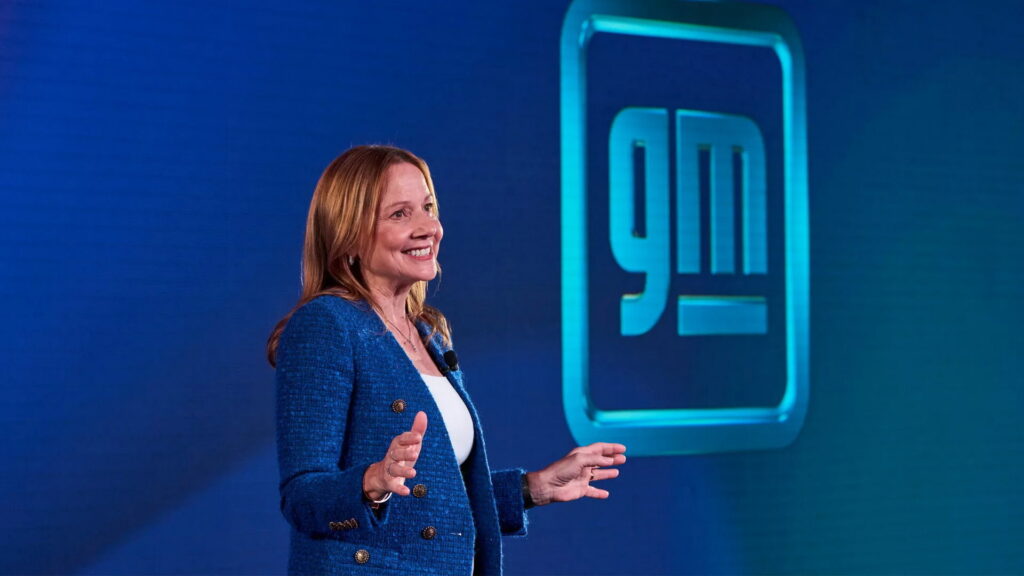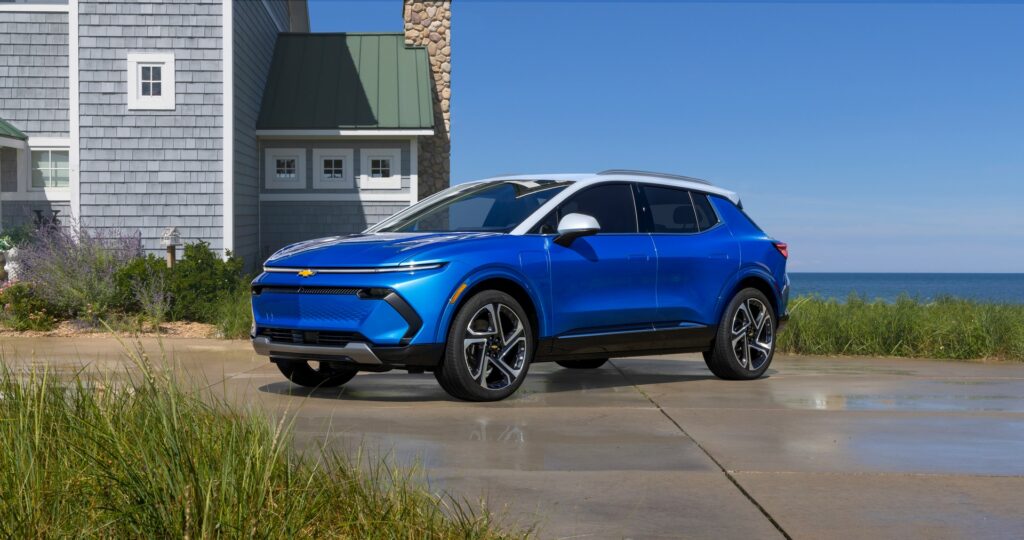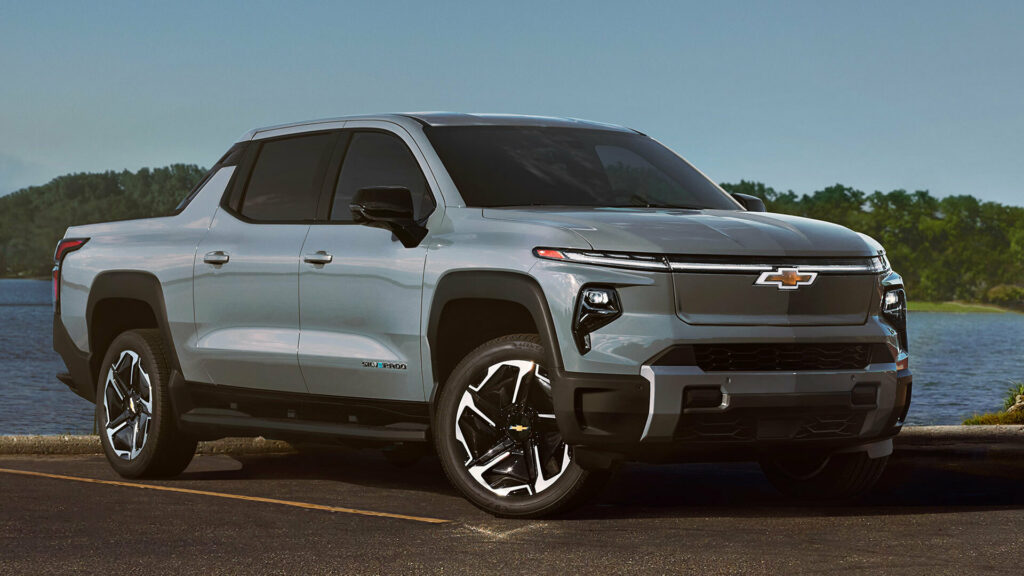GM’s Stand

General Motors finds itself in a bit of a tussle with California over emission standards. While the future of cars seems to be electric, GM is wary of California’s plans to curb greenhouse gases by setting its laws. The state’s bold move to ban new gas cars by 2035 has raised eyebrows, not only from GM but also from some states that see California’s actions as restrictive.
California’s Plan

The Golden State has always taken the lead in eco-conscious legislation. By 2035, it wants to halt the sale of new gas-powered cars. Eleven other states have lined up alongside California to adopt similar rules. Yet, despite these numbers, the reality seems a bit different. Electric vehicles (EVs) currently account for only about 20% of new car sales, even in a state as EV-friendly as California.
GM’s Concerns

GM’s concerns are partly based on market and economic realities. It argues that California’s stringent standards could limit consumer choice and affect the affordability of vehicles. An email reported by The Wall Street Journal revealed GM’s call to its employees to rally against the state’s regulations. The aim? To encourage a uniform national standard that aligns better with what GM considers market realities.
Slower Progress
The traction on EV sales isn’t as blazing as some policymakers might hope. While enthusiasts tout electrification as the way forward, the transition appears to be moving slower than anticipated. This may lead GM, and others in the auto industry, to view California’s standards as ahead of their time, pointing to an industry-wide concern that these regulations might hinder rather than help the nationwide adoption of EVs.
Driving Experience
On the road, EVs like those from GM have their own distinct flavor. Take the Chevy Silverado EV, for instance. It offers a speedy and smooth ride that differs from traditional gas-powered counterparts. The immediate torque from an EV can be a thrill compared to the gradual power build-up in gas engines. That said, while the experience is quite unique, the adoption is hindered by charging infrastructure and range anxiety – factors that critical eyes might argue California hasn’t fully accounted for.
Comparison
Compared to their gas-powered siblings, many EVs lack the familiar exhaust rumble. Instead, they provide a quiet, seamless acceleration that’s quite different from what drivers have come to expect from traditional vehicles like the Ford F-150 or the Dodge Ram. These differences can either be seen as modern improvements or unfamiliar territory, depending on who you ask.
Conclusion
The path to electrification is definitely set, but it’s not without its bumps. California’s ambitious goals might be a glimpse into the future, yet they present challenges that the industry and consumers need to address collectively. Until then, automakers like GM continue to navigate the complexities of crafting a universally appealing car lineup in light of varied regional policies.
Mustang '67 Revived
2026 Charger Debuts
Toyota's New Small Truck
1967 Mustang Returns
BMW M5 CS Sells Big